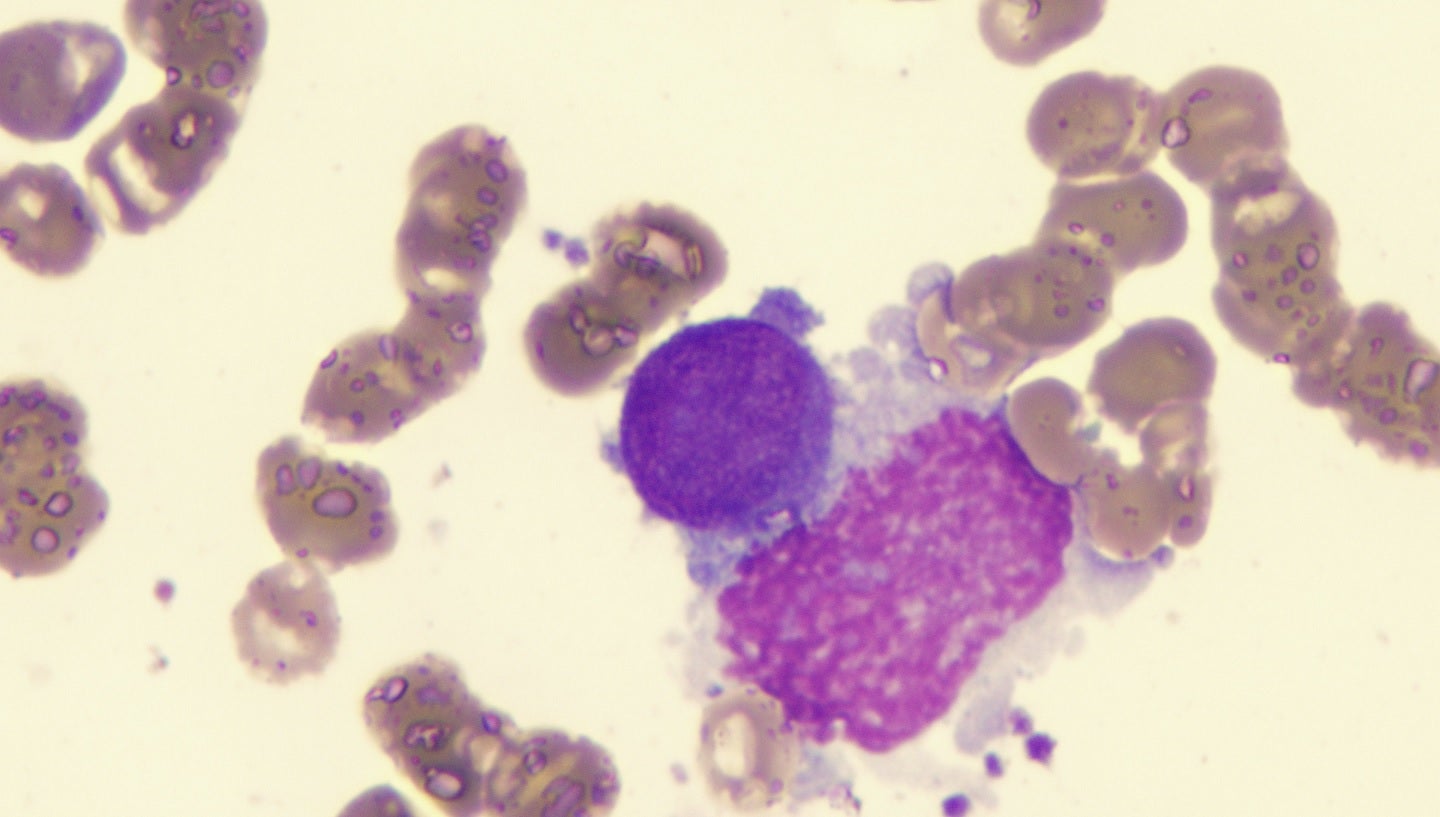Opinion: STAT+: An overlooked way to make participants in clinical trials look more like America
Underrepresentation of population subgroups in clinical research is bad for the health of Americans.

A recent report from the National Academies of Sciences, Engineering and Medicine (of which one of us, GC, is an author) shows that underrepresentation of population subgroups in clinical research is bad for the health of Americans. For instance, recent research showed that appropriate dosing for an often- prescribed blood thinner, warfarin, differs due to genetic variants. People with African ancestry require higher average doses (6 mg per day) than those with Asian ancestry, who require lower average doses (about 3.4 mg per day). Although warfarin has been approved for human use since 1951 and is commonly lifesaving, geno-typed guided dosing was not available until 2015 in part because much prior research included insufficient numbers of people of African or Asian ancestry.
Lack of representation is also costing us hundreds of billions of dollars. According to the National Academies report, lagging representation of racial and ethnic population subgroups in research studies translates directly to poorer outcomes for groups that already suffer from health disparities.
Although representation of some groups has improved in the past two decades — notably, women and Black people — it remains suboptimal, particularly for Hispanic and American Indian populations. From 2012-2018, for example, Hispanic people comprised just 9% of participants in NIH-funded studies yet make up approximately 20% of the U.S. population.
What's Your Reaction?

































